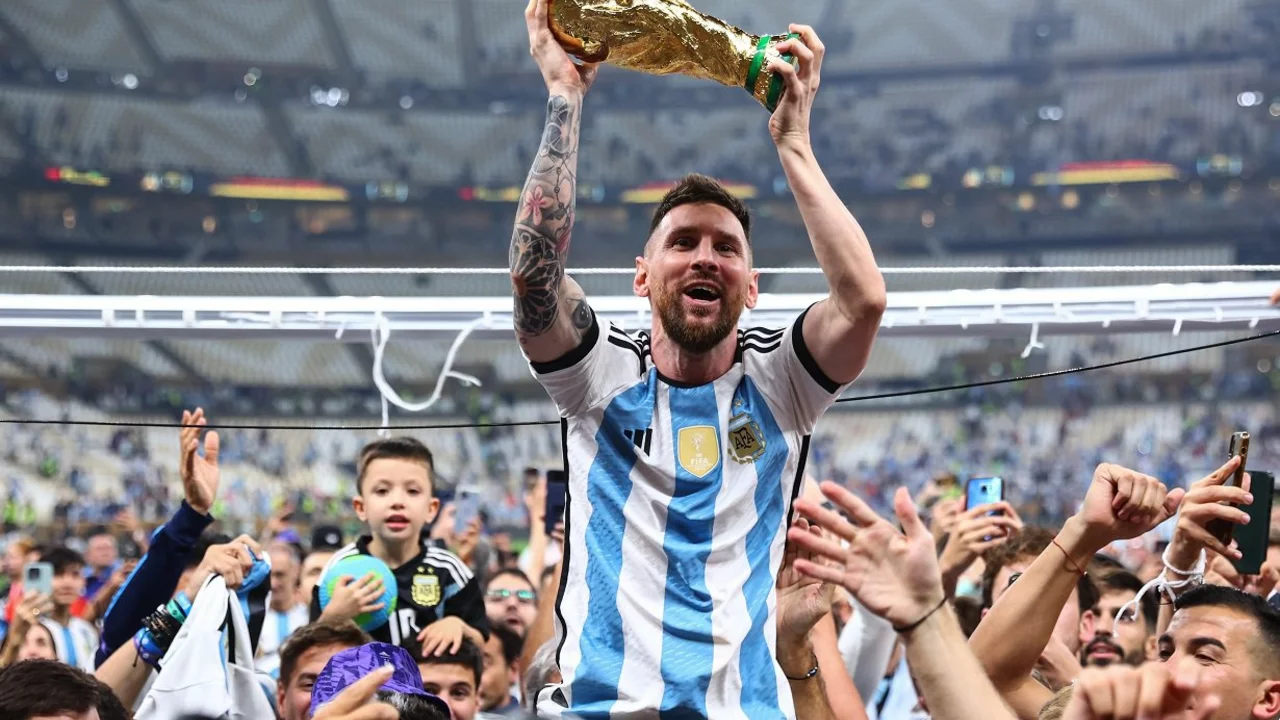FIFA World Cup 2022
When talking about FIFA World Cup 2022, the global football showdown that took place in the Middle East. It was hosted by Qatar, a small Gulf nation that promised ultra‑modern infrastructure and a new fan experience. The tournament was organized by FIFA, the worldwide governing body that sets the rules, dates and qualification pathways. Together these three entities reshaped how we think about a world‑class football event.
Why the 2022 Tournament Stands Out
The selection process that handed Qatar the rights in 2010 still sparks debate. FIFA’s executive committee evaluated bids based on stadium plans, financial guarantees and legacy promises. This decision means the World Cup encompasses a new geographic market, requires innovative solutions to climate challenges, and influences future bidding strategies for other nations. The controversy highlighted the political and commercial pressures that sit behind every major sporting award.
One of the most visible innovations were the air‑conditioned stadiums, designed to keep temperatures below 30°C even in the Qatari summer. Engineers installed cutting‑edge evaporative cooling systems, solar panels and modular seating that could be reconfigured for post‑World Cup use. These venues demonstrated that technology can adapt a traditionally outdoor sport to extreme climates, setting a template for future events in hot regions.
Beyond the venues, the tournament showcased 32 national teams battling for glory on pitches that blended tradition with modernity. Match‑day rituals, fan chants, and the drama of knockout rounds all unfolded under the glare of giant LED screens and sophisticated broadcast rigs. Controversies over player welfare, VAR decisions, and off‑field politics added layers of intrigue that kept conversations alive long after the final whistle.
The legacy of the 2022 edition extends into economics, infrastructure and cultural exchange. Qatar invested billions in transport links, hotels and community facilities that will serve residents for decades. Youth programs launched alongside the tournament aim to grow grassroots football across the region, while the global audience gained a fresh perspective on Middle Eastern culture. These outcomes illustrate how a single sporting event can catalyze long‑term development goals.
Fans also experienced new ways to engage with the game. Digital ticketing, augmented‑reality apps and multilingual commentary made the event accessible to a worldwide audience. Whether you followed the matches on a big screen in a café or streamed them on a phone during a commute, the 2022 World Cup offered multiple entry points for football lovers of all ages.
All this context sets the stage for the collection below. You'll find deeper dives into the host country's preparations, the technology behind the cooling systems, the political drama of the bid, and personal stories from players and supporters. Keep reading to see how each piece fits into the larger picture of the FIFA World Cup 2022 experience.
So, the FIFA World Cup 2022 group draw is essentially the process where the teams that have qualified for the tournament are divided into groups. This usually involves a lot of anticipation and excitement as fans around the world eagerly await to see who their country will be up against. The draw is done randomly but with certain rules to ensure a fair and balanced competition. For the 2022 World Cup in Qatar, there will be 32 teams divided into eight groups. It's a pivotal event in the lead-up to the big tournament and it sets the stage for what's to come.
